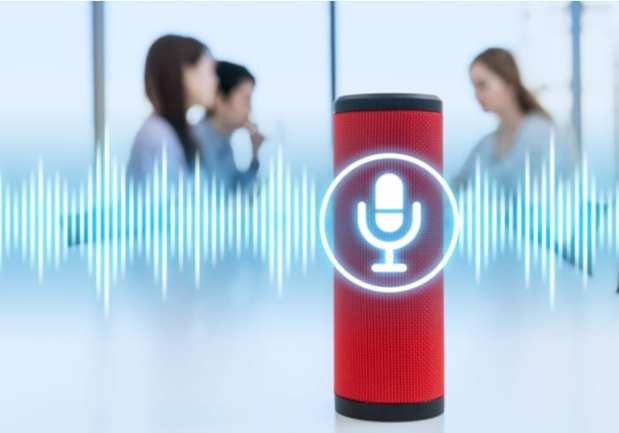Sensory’s VoiceHub Debuts On Audio Weaver For Hands-Free Command Coding

Silicon Valley’s Sensory, which works in pioneering artificial intelligence, has rolled out its new VoiceHub technology, which will allow developers to make wake words and voice control command sets, a press release says.
Wake words refer to specific words or phrases used to activate modern vocal-centric devices like Amazon’s Alexa.
The release says Sensory’s new tech is “designed with flexibility in mind” and can be used by developers making proof-of-concepts or prototypes. The projects take “just moments” to put together, the release claims, and some are trained and available for download within an hour.
The release goes on to say that the VoiceHub platform can create models either custom-branded or based on the most popular voice assistant platforms, which can make it flexible for everything from ultra-low-power, limited-resource wearables to more high-power functions.
Todd Mozer, CEO at Sensory, said the company “applied decades of experience and lessons learned with shallow net technologies to create its highly accurate machine learning models, which are trained with a mix of real and probabilistically-derived synthetic data.”
“VoiceHub benefits from all of this work and removes any friction related to developing voice UIs for testing purposes,” he said, according to the release. “Furthermore, our VoiceHub models set the bar very high for accuracy and overall performance. We are excited to share these tools and capabilities with the speech tech community and beyond and believe VoiceHub will serve as a catalyst for rapidly accelerated innovation of new voice-enabled experiences.”
Voice commerce is a relatively new area for consumers, having been slow to evolve. But a recent study showed that in 2020, as the pandemic forced everyone to reassess their lives digitally, voice assistants saw a 45 percent increase since 2018, with 23 million people using them. The shift is likely due, at least in part, to people’s diminishing tendency to shop in stores, quickened because of the pandemic.
Millennials, the survey found, are around twice as likely to use this technology as other generational demographics.